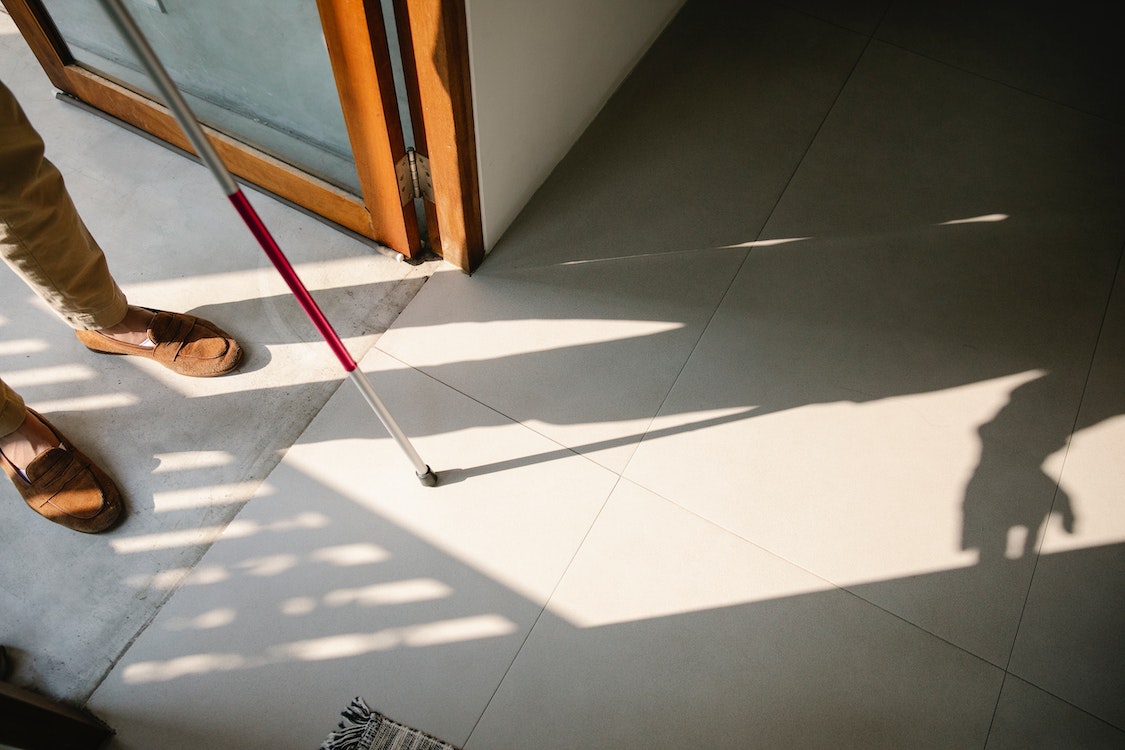
The Growing Business of Cosmetic Dentistry
September 3, 2022
Choosing the Right Type of Soil to Improve Plant Growth
October 12, 2022There are several things to consider before you invest in garage epoxy flooring. These include the cost, safety, and environmental impact. This article will give you a general overview. After reading the article, you’ll be able to make an informed decision. We’ll also discuss how to get the job done properly.
Professional installation
If you want to ensure that your garage epoxy flooring is installed properly, you should get a professional to do the job. Do-it-yourself epoxy kits are widely available, but they tend to contain over 50% water, which makes the finished product thin and brittle. Also, they require longer drying times. A professional garage epoxy flooring installation team will use industry-grade epoxy kits, which are intended for commercial applications and promise longer durability. The pros will also have all the tools they need to do the job properly.
Professional installation of garage epoxy flooring starts with checking the concrete for defects. Then, they will seal it and fill in cracks. After this, the installers will apply primer to the concrete, which makes it a good base for the epoxy to stick to. If needed, they will add texture to the floor. Finally, they will finish the job by leveling it. This is an essential part of the process, as you won’t want the epoxy to chip, crack, or peel.
The total cost for installing garage epoxy flooring can range from $700 to $3,200 depending on the type and size of your garage. Depending on the epoxy you choose, the installation can last anywhere from five to 10 years. A professional installation of garage epoxy flooring can save you time and money. Besides, it will ensure that your new floor stays in good shape for years to come.
Moreover, a professional installation will ensure that your garage epoxy floor is properly prepared and is installed in a professional manner. A professional garage epoxy flooring installation company will use top-of-the-line equipment to ensure a flawless finish. A professional installation team will also use the correct equipment and materials to ensure that your garage epoxy floor will last the longest. You can even get a guarantee on your new garage epoxy flooring, so you know that your investment will last for years.
Costs
The costs of garage epoxy flooring will vary depending on the size of the garage and whether it has a concrete floor. A self-leveling material can cost between $3 and $4 per square foot, and the professional installation will cost $75 to $125. The installation process will involve degreasing and cleaning the garage floor to prepare it for the new coating. It is important to get rid of any dirt and stains, which can cause the epoxy to discolor if they aren’t removed properly. The epoxy professional will also charge a site preparation fee for the work involved. For example, if the garage floor is sunken, he may recommend mud jacking, which involves forcing a mixture of grout and water underneath the slab using hydraulics. This can cost from $400 to $1,500 for the entire project.
The cost of garage epoxy flooring will vary greatly depending on the type of epoxy used. Solvent-based epoxy is the cheapest option, while water-based epoxy will cost between $100 and $150 per gallon. Depending on the size of the garage, you may be able to save money by moving items yourself before installing the new floor.
Before applying the epoxy coating, most concrete flooring must be acid-washed. This step is important because it helps the epoxy adhere to the concrete. If the concrete surface is not sufficiently prepared, the epoxy will not penetrate the concrete and cannot achieve a chemical bond with it. The costs of garage epoxy flooring will also include resurfacing and painting the concrete floor.
Depending on the quality and durability of the material used, garage epoxy floors can range from affordable and easy to install to high-end options. The type of epoxy used and the method of application will determine the total cost. Labor costs and other materials used in the project will also influence the overall cost of the project. Having a clear idea of the costs before the installation will ensure the results you want and the price that suits your budget.
Environmental impact
If you are interested in the environmental impact of garage epoxy flooring, there are a few things you should know. Compared to other flooring options, this type of flooring is more harmful to the environment than others. For example, an epoxy floor contributes 189 times more greenhouse gas emissions than the HTC Superfloor(tm). In contrast, a concrete floor contributes only 0.19 and 0.12 percent to global warming.
One of the biggest benefits of epoxy flooring is its ability to withstand harsh automotive chemicals. This makes it the perfect flooring for winter car care. The epoxy sealant helps keep harmful elements out and allows you to change oil without a mess. It also adds a professional look to the garage, giving it a polished appearance.
Because of its sleek appearance, epoxy flooring is difficult to remove. In order to remove it, you will have to grind off the epoxy, which may damage the underlying concrete and require a new floor. Because epoxy is an expensive and lengthy process, you may want to consider using a penetrating concrete sealer before you install it on your garage floor. This option will save you time and money, but you won’t have the epoxied look you want. Also, darker shades of epoxy contain more hardeners, so you may notice a distinct ammonia smell after it’s been applied.
Garage epoxy flooring has several other benefits. For example, it can last for years and can withstand extreme temperatures. Furthermore, it is also easy to clean. It doesn’t require special chemicals or equipment to maintain it. Lastly, it is less expensive per square foot than other flooring options. This means that you will have fewer floor replacement cycles, which reduces your overall environmental impact. There are other benefits to switching to epoxy flooring especially in Tampa, as presented by Mentalitch.
Safety

The process of installing garage epoxy flooring involves a number of safety precautions. For example, the substance can emit fumes, so it is best to leave this job to professionals, who can ensure that no one gets exposed to dangerous fumes. Moreover, experienced professionals use protective gear to minimize the risk of exposure.
An epoxy coating is thicker than paint and can form a strong bond with concrete. However, the surface must be properly prepared before the coating is applied. Aside from being more durable than paint, epoxy is also chemically and impact resistant. It can also cover cement defects. Its durable and slip-resistant surface hides cracks and chips of up to half an inch. In addition, it adds aesthetic value to the garage, thanks to the reflective surface.
Garage epoxy flooring is easy to clean. A majority of homeowners prefer a garage floor that’s free of dirt and grime. It’s much easier to clean an epoxy coating than bare concrete, which can harbor dust. Plus, the coating seals the concrete, so liquids and road salt can’t soak through. Furthermore, a garage epoxy floor will resist harsh chemicals, as well as road salt.
When cleaning an epoxy floor, it’s important to keep it free from debris and chemicals. Dirt and grit embedded into the floor can scratch it. Over time, multiple scratches can cause damage to the finish. To remove dirt and sand from an epoxy floor, use a shop vacuum with a soft brush attachment. The frequency of vacuuming depends on the amount of tracked dirt. It’s also a good idea to clean the floor before moving heavy machinery.
Although an epoxy floor looks slick and dangerous, the chemicals in the system are no more harmful than a can of paint. Nevertheless, it’s important to keep the area well ventilated.
Color options
There are several color options for garage epoxy flooring, depending on the overall look you’re trying to achieve. You can go for a light or dark color. Light colored floors are more likely to need frequent cleaning, while dark colors need less maintenance. Darker colors can hide stains and are easier to keep clean.
There are also two types of garage epoxy coating: full color flakes and color chips. Full color flakes cover the base epoxy coat and allow for custom blends of flake colors. They also provide added durability and thickness. Finally, a clear topcoat (also known as a wear coat) is applied to lock in the color flakes and provide the best wear and stain protection. The clear topcoat also provides a glossy look.
The color of garage epoxy flooring should reflect your garage’s function. For example, if you work in wood, you might want to choose a color that is similar to sawdust. This will help hide the dust and make your garage look less cluttered. Similarly, if you work on light-colored soil, you should consider a color similar to white.
You can also opt for a metallic epoxy floor. While this may not be as practical as other color choices, it can look stunning in your garage. Dark colors are more likely to show dust and debris. Dirty tire tracks and footprints will be obvious, but lighter colors will help camouflage these marks. Garage epoxy flooring has many decorative options.
Although paint is a popular choice for garage floors, it does not hold up as well as an epoxy coating. Paint can scratch and peel, and it’s difficult to maintain. Metallic epoxy, on the other hand, will last longer and be easier to clean.


